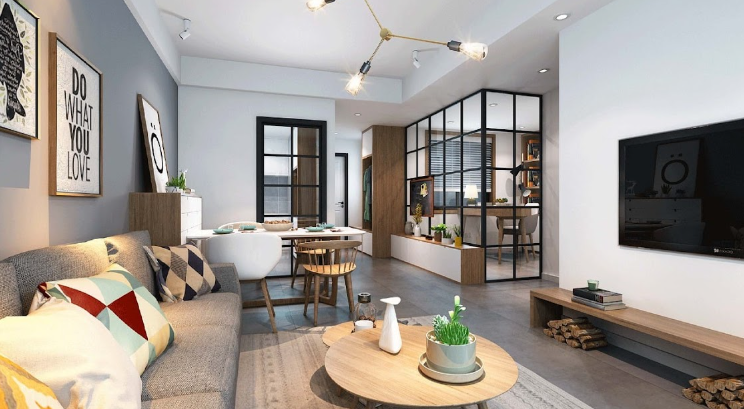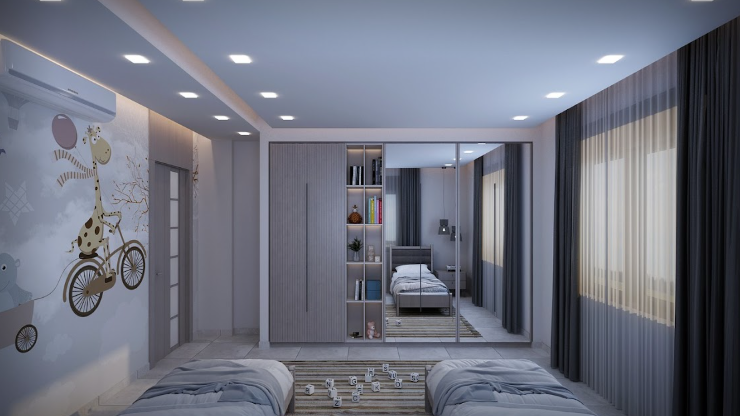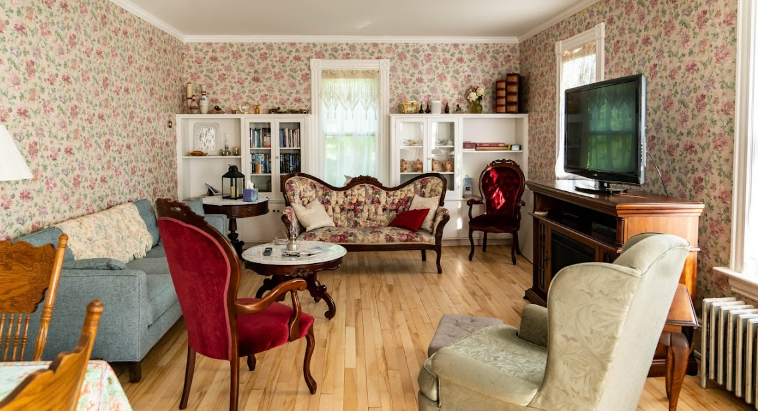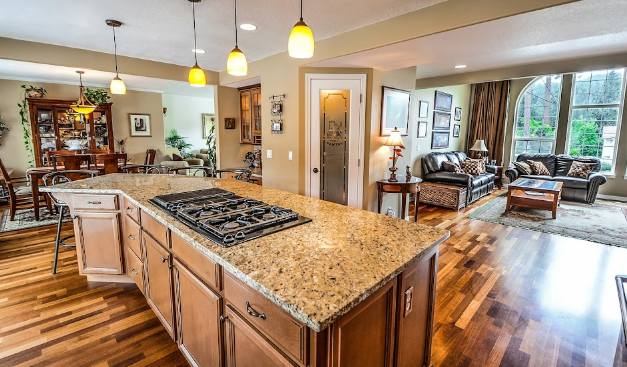The Rise of Sensory Interior Design: How Spaces Are Designed to Engage All Five Senses
Interior design is no longer just about aesthetics; in 2025, it’s about creating an immersive experience that engages all five senses—sight, sound, touch, taste, and smell. Sensory design is emerging as a powerful trend, transforming spaces into holistic environments that enhance well-being, mood, and functionality.
Why Sensory Design Matters
Traditional design focuses primarily on visual appeal, but research shows that engaging multiple senses creates a deeper emotional connection to spaces. Whether it’s a cozy home, a luxury hotel, or a corporate office, multi-sensory design improves comfort, productivity, and overall well-being.
How Each Sense Shapes Interior Spaces

1. Sight: Layered Lighting Color Psychology
Visual elements remain a dominant aspect of interior design. The use of dynamic lighting, mood-enhancing colors, and visual textures brings depth and emotion to a space. Warm lighting, natural hues, and contrast play a vital role in setting the ambiance.

2. Sound: Acoustic Comfort Ambient Noise
Designers are integrating sound-absorbing materials like acoustic panels, plush rugs, and natural wood to create serene environments. Additionally, soundscapes—such as gentle water features, nature-inspired sounds, or curated playlists—are being used to evoke relaxation or productivity.

3. Touch: Tactile Textures Material Selection
Texture-rich materials are key in sensory design. Velvet cushions, raw wood surfaces, smooth marble, and woven textiles offer a variety of touch experiences, making spaces feel more inviting and comforting.

4. Smell: Scent-Infused Spaces
Aromatherapy is becoming a staple in interior design. Essential oil diffusers, natural wood scents, and fresh florals create a distinct atmosphere. Luxury brands are even developing signature scents for homes, hotels, and retail spaces to enhance brand identity.

5. Taste: Culinary-Inspired Interiors
Though taste isn’t typically associated with design, spaces like kitchens, dining areas, and cafés are integrating edible elements. Herb gardens, fruit bowls, and interactive food experiences are designed to heighten the sense of taste in communal spaces.
The Future of Sensory Design
Sensory-focused interiors are set to redefine how we interact with spaces. Whether through personalized scent profiles, AI-driven soundscapes, or temperature-responsive furniture, the future of interior design is multi-sensory, immersive, and deeply human-centric.
By embracing this trend, designers can create environments that are not just visually stunning but holistically enriching, ensuring every space tells a complete sensory story.

